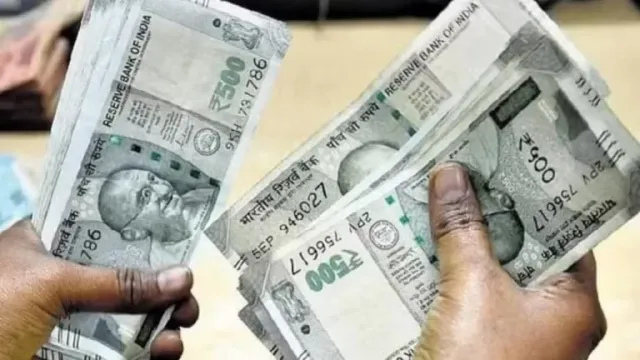India’s retail inflation eased sharply to a record low of 0.25% in October 2025, driven by a significant decline in food prices, according to government data released on Tuesday.
This marks the lowest inflation rate since the introduction of the Consumer Price Index (CPI) series, providing relief to consumers and policymakers alike. The moderation was primarily led by a drop in prices of vegetables and pulses, which had surged earlier in the year due to erratic monsoon patterns.
Economists suggest that the decline could give the Reserve Bank of India (RBI) more room to maintain its accommodative stance on monetary policy, though they caution that inflationary pressures could re-emerge if global commodity prices rise.
The data reflects a broader trend of easing price pressures across key consumption categories, supporting expectations of improved household spending and overall economic stability.
Relief for Consumers
The drop in inflation comes as a major relief for millions of families grappling with high living costs earlier this year. Urban households, in particular, reported noticeable price reductions in essential items such as onions, tomatoes, and cereals. Rural areas also benefited from improved mandi arrivals and reduced transportation costs.
Retailers and consumer goods manufacturers anticipate a potential rise in discretionary spending in the coming months as household budgets ease, which could positively impact the festive and post-festive retail market.
Implications for Monetary Policy
Experts suggest that this historic low may influence the Reserve Bank of India’s (RBI) policy stance. With inflation comfortably below the central bank’s target range of 2-6%, the RBI may choose to maintain its accommodative monetary policy to support growth.
However, economists caution that the relief could be temporary if global oil prices rise or if domestic food supply faces disruptions in the next crop cycle. “While the October data is encouraging, the sustainability of such low inflation remains uncertain,” said an analyst at Nomura India.
Government Welcomes the Trend
Officials from the Finance and Commerce Ministries hailed the figures as proof of India’s improving macroeconomic stability. They said the data highlights the success of various government initiatives such as the PM Kisan Samriddhi Yojana and better procurement policies-that have helped balance supply and demand.
Chief Economic Adviser V. Anantha Nageswaran remarked that controlled inflation alongside strong GDP growth forecasts positions india as a resilient economy amid global headwinds.
Looking Ahead
With food prices stabilizing and energy costs remaining manageable, the government expects inflation to stay under control for the next quarter. The data also brings optimism for sectors like retail, housing, and manufacturing, where input costs have eased.
Economists believe this environment could foster greater consumer confidence and support India’s goal of achieving sustainable growth while keeping inflation within the RBI’s comfort zone.
